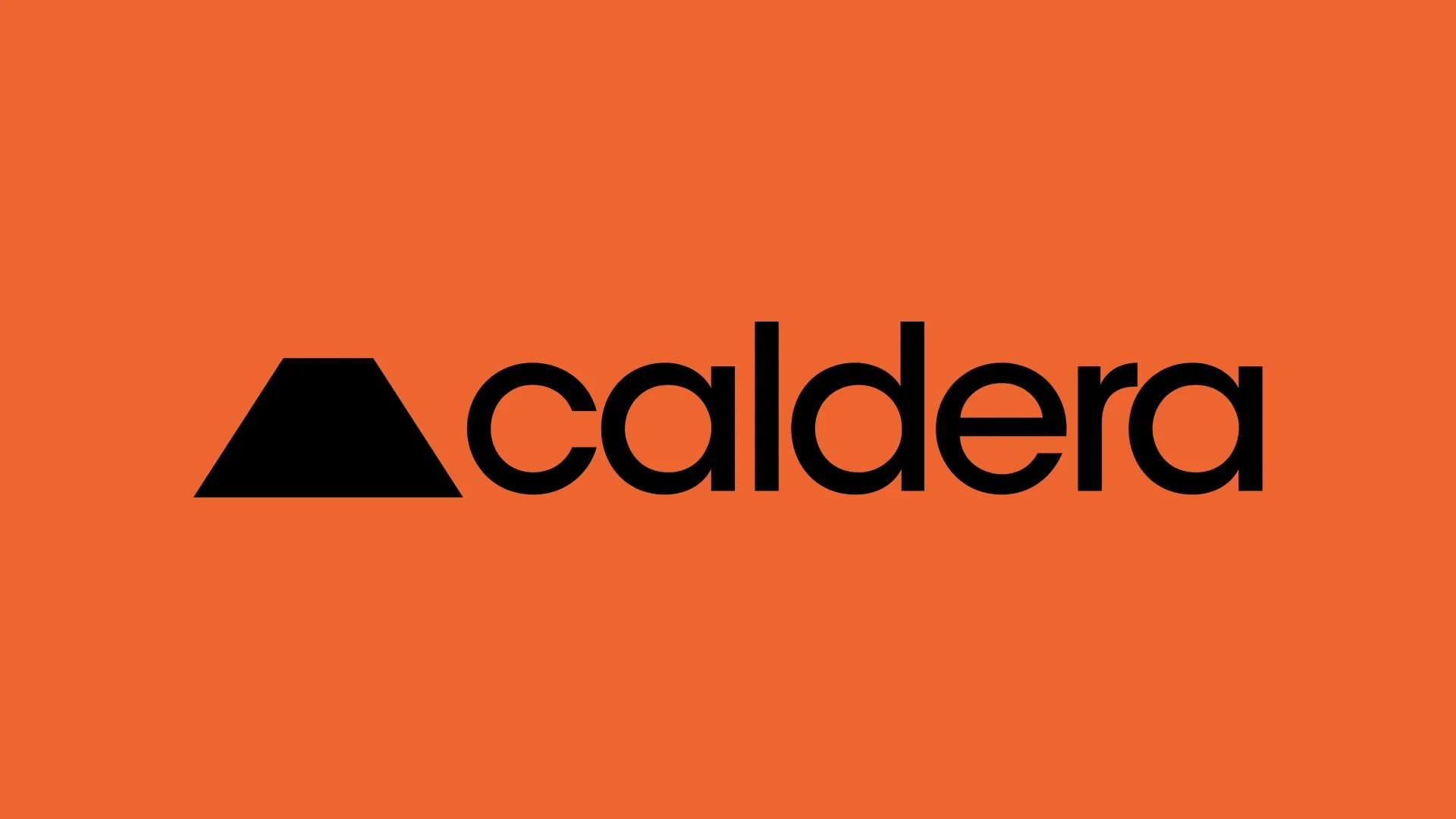Caldera’s Matt Katz Discovered Bitcoin at 12 and Is Now Helping Ethereum Solve Scaling
Inside the crypto journey of a self-described ‘gray hat hacker’ and ‘script kiddie’

In 2011, Matt Katz was in middle school, exploring the Internet and doing a bit of hacking when he stumbled upon Bitcoin at the age of 12. Fast forward to 2023 and Katz’s company Caldera had about $500 million in total value locked as it had become the connective tissue between rollups on the Optimism, Arbitrum, Polygon and ZK stacks.
“I spent a lot of time as a kid on gray hat hacking forums,” Katz said to me during a recent interview. “There’s a term for the type of kid I was—‘script kiddie’—someone who’s downloading scripts, running them, cracking passwords for accounts and is getting into somewhere they shouldn’t be. Being in those communities—even at that time—you eventually stumble into Bitcoin.”
Katz found the world’s most valuable digital asset through Mt. Gox—at the time, one of the largest Bitcoin exchanges. From there he made his way to Bitcoin Talk and other forums, where he dove deeper into the technology.
“It was really appealing to me because I was trying to get into stocks and investing but couldn’t at that age,” Katz said. “I’d saved a couple hundred dollars of birthday money and was looking for a place to speculate, but would have needed my parents to set up a bunch of accounts just for me to trade a few hundred bucks. When a Bitcoin ATM opened up in my city, I figured I could put money there and maybe come back a month later to withdraw and there would be more money.”
Katz began trading Bitcoin on and off on Mt. Gox but ended up losing it all, which was his first full-cycle crypto experience. That led to him deciding to “rage-quit” the crypto space, but he continued on his computer science journey—coding four to five hours per day. He went on to study computer science at Stanford, before dropping out in 2022 to create Caldera, which raised $25 million from investors including Founders Fund, Dragonfly, Sequoia Capital and Lattice.
“In terms of my academic interests—programming language theory, distributed systems, financial technology—blockchain is at the intersection of all of them,” Katz said. “As I got deeper and deeper into engineering, I ended up getting deeper and deeper into blockchain, basically by accident.”
During Katz’ first year at Stanford, he had the opportunity to meet builders who were working on projects at the application layer—projects like fully on-chain social and gaming applications. But he quickly discovered the unifying element between those projects was that they couldn’t be built on Ethereum because transactions cost too much.
“It got even more expensive as I got deeper and deeper into crypto from 2021 to 2022,” Katz said. “That led to myself and my co-founder realizing that the limiting factor for blockchain being able to reach mass adoption was scale. We realized you’re not going to make blockchain scale by building a single, faster blockchain—you’re going to need to horizontally scale the ecosystem at some point in time.” This was essentially the plan from Ethereum inventor Vitalik Buterin, what’s known as layer-2 blacochains or rollups, which process transactions off chain until they’re ready to be recorded and reconciled with layer-1 Ethereum.
Katz and his co-founder found themselves immersed deeper into rollups—which at the time, were the latest scaling technology—and they realized they could build a cloud infrastructure business off hosting rollups for teams that needed them.
Today, Caldera helps projects deploy their own chains such as Manta, Apechain, Kinto, Injective, RARI Chain and Zero Network by Zerion on Ethereum. With over 50 modular rollups in its network, Caldera powers an ecosystem that shares collective network effects, helping them enjoy greater efficiency, scalability and security.
Read more: Ethereum Name Service Plans Overhaul to Cut Fees and Improve User Experience
“We’ve become one of the largest rollup ecosystems on Ethereum by number of chains,” Katz said. “We’re currently at 20 plus chains on mainnet, which accounts for around 20 percent of all rollups on Ethereum today.”
From this vantage point, Katz and his team are able to identify and foresee the unique problems the blockchain industry will face when it arrives at a multi-chain paradigm.
“Things like connectivity between rollups, infrastructure orchestration—even helping with the go-to-market for teams with how they get users and liquidity onboard,” Katz said. “Internally at the company, we’re really focused on solving all of those problems.”
But it remains to be seen if rollups will have the power to spearhead a new wave of mass adoption or if they’ll simply end up playing a part in the overall blockchain adoption narrative as it continues its slow crescendo.
“In the web2 space, you can think about rollups as similar to Internet speeds,” Katz said. “We got faster and faster Internet, which enabled new applications at every point—just as faster chains allow. I think in the blockchain space, we’re kind of there. We’ve sort of solved scaling in that if you just want block space to onboard millions of users, you no longer need to worry about being unable to do that, which is huge.”
Katz said that last cycle, a lot of teams couldn’t jump across the scaling hurdle, so they either gave up on their ideas or significantly leashed the on-chain component of their projects.
“We’ve solved a lot of those problems and we’re now starting to see a lot of applications come out that take advantage of that,” Katz said. “It will make blockchain more real to a lot of users.”
lead image: Matt Katz

